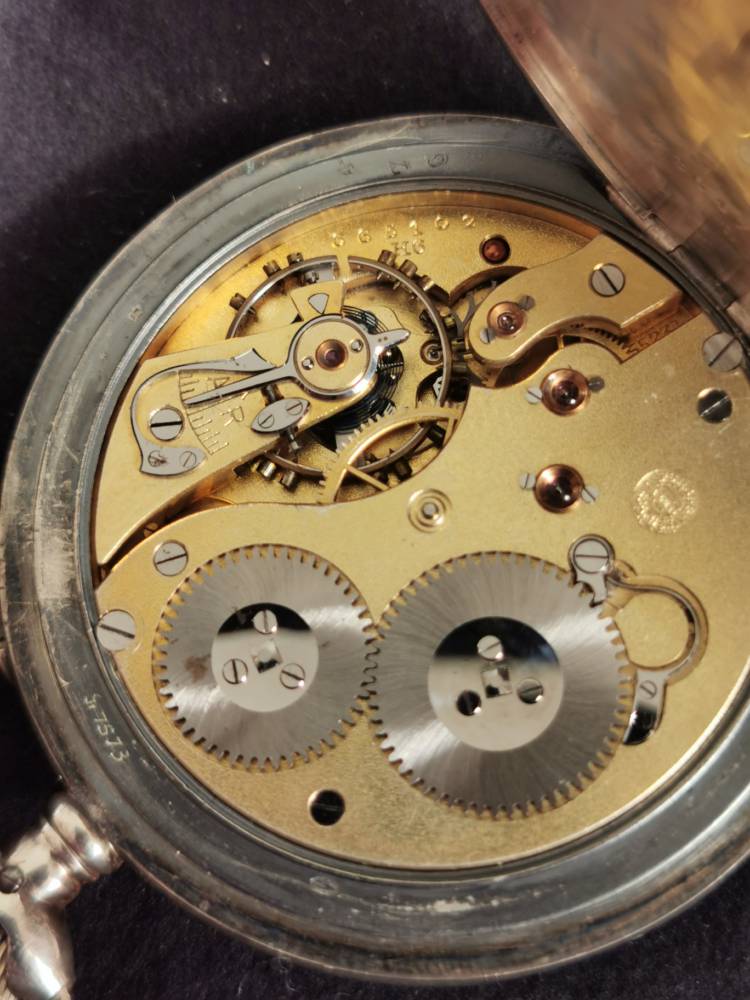As some of you know, I am collecting pocketwatches, IWC only.
Far from saying that my collection is a museum collection but I am proud to
have found some nice and rare pieces over time.
Some of the pocketwatches are common, easy to find on the market, sometimes in
better condition than mine, but some I have are gems.
So in these crazy times, as the museum in Schaffhausen is closed, why not open
one here on the forum.
As long as the museum is closed, I will post here daily a pocketwatch from my
collection.
I hope I don't run out of pieces before the virus is beaten. Fingers crossed
for all of us.
I will post them in a random order, with some comments, feel free to join.
Keep safe all.
DAY 34 ; Corps of Engineers
Imagine, you are the CEO of a watch company , early 20th century and there is
someone asking you :" please, can you make me 10.000 pocketwatches ASAP ?"
First a dream, then something to scratch behind your ears...
Ulysse Nardin was asked this question by the American Expeditionary Forces and
they said yes of course we can, but with a little help from our friends...
So Ulysse NArdin took the order with help from subcontractors as IWC.
So sometimes you can find a pocketwatch with the brand Ulysse Nardin,Locle &
Geneve on the dial but with a case and calibre from IWC.
Here from my collection is a cal 52 from 1917. IWC also made some with cal 65
and 57 for this order.
They came in blackened silver cases.
More info was found in the Forum archives and came from articles Herr Thomas
Koening wrote, :
"About 2000 IWC watches are known which were shipped to Ulysse Nardin. The
movements and the cases were IWC, the dials Ulysse Nardin. Most were cal. 52
but also few cal. 57 and cal. 65 are known. The silver cases were , coloured
black by tincture of Sulphur of Liver an organic material containing Sulphur
which produces Silver Sulphid a black compound. Most of the watches have been
polished later in such way that the thin black layer has disappeared, except
in the stamped text on the outer back. The movement number from your watch
suggests that it has been used for a COE watch as the movement has been
produced in 1917, one year before WW I ended."
There was also a nice discussion about the dials you can read
here



Double stamped with the Probus Scafusia on the case


The Cal 52 H6

That crown... does anyone else sees a future BP crown in it ?












